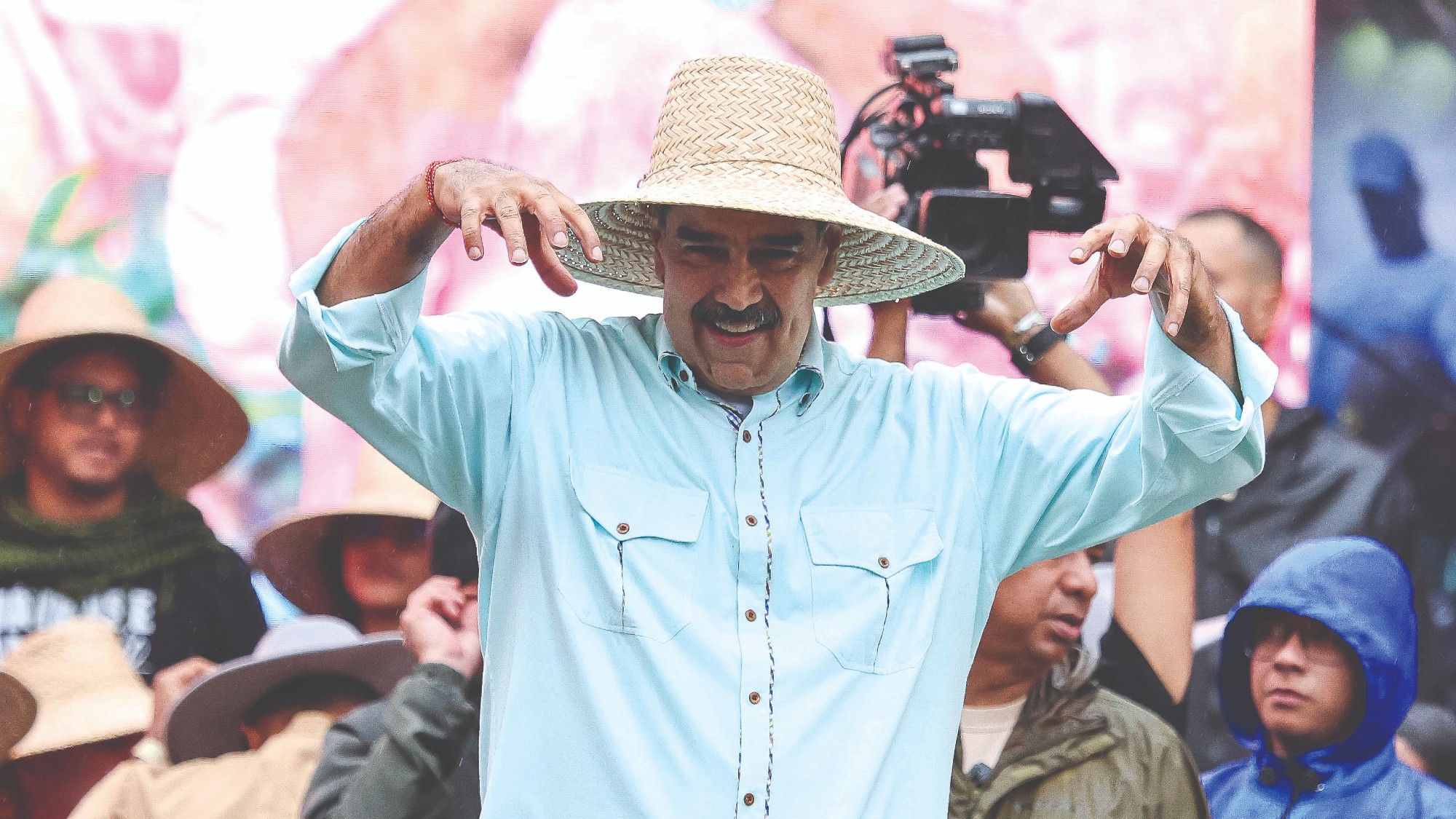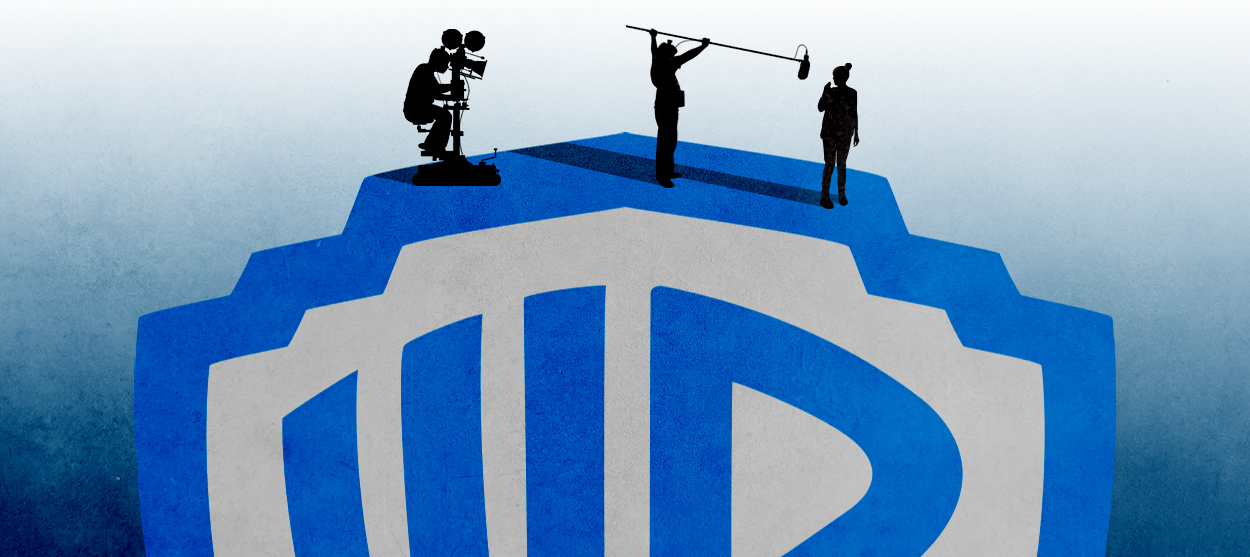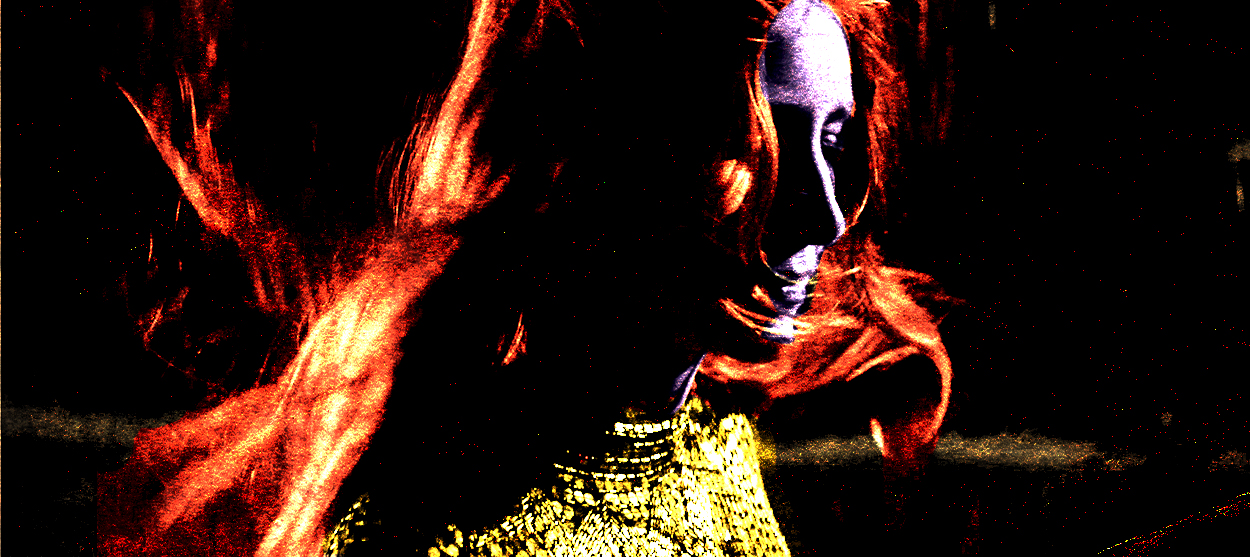The Assassination of Gianni Versace has main character confusion
This show's focus quickly turns from Versace to his killer, and the whole thing doesn't quite work


The Assassination of Gianni Versace: American Crime Story is a riveting experiment that falsifies its results. The show — which succeeds Ryan Murphy's exceptional The People vs. O.J. Simpson: American Crime Story — ostensibly addresses the assassination of its subject, the Italian designer (played by the excellent Edgar Ramirez) shot to death on the steps of his Miami Beach villa. It is, alas, misleadingly named. The show's focus quickly turns to Versace's serial killer, Andrew Cunanan, a shape-shifting con artist played with sinister elan by Darren Criss, and his various victims.
That slippage is deliberate: Like Murphy's other projects — O.J. Simpson, Feud — the series uses a specific case to build out a larger social history. Where The People vs. O.J. illuminated the fraught context in which the trial took place, where Feud mined a scandalous rivalry for a bigger story about ambient misogyny, Versace attempts a fascinating anthropology of '90s-era homosexuality and attendant homophobia, the social ramifications of which allowed a serial killer to keep killing. It's an ambitious undertaking that aggressively short-changes its nominal celebrity. The results — some of which are quite moving — are fascinating but mixed.
The trouble is that some of the show's most interesting moves don't track. Versace is so formally adventurous that it sometimes loses control of its own effects. The season lurches backwards in fits and starts, rewinding from Versace's assassination to Cunanan's encounters with his other four (known) victims. Sometimes the story moves forward, sometimes backwards. It works for awhile: I was rapt until I realized I'd lost track — things I'd assumed came after happened before, and vice-versa, and it wasn't clear why the facts were presented in that particular order because they weren't just failing to build; they seemed to collapse.
The Week
Escape your echo chamber. Get the facts behind the news, plus analysis from multiple perspectives.

Sign up for The Week's Free Newsletters
From our morning news briefing to a weekly Good News Newsletter, get the best of The Week delivered directly to your inbox.
From our morning news briefing to a weekly Good News Newsletter, get the best of The Week delivered directly to your inbox.
Take Cunanan. This should be one of television's great villains, and he almost is (thanks to Criss' cunning, smart-muppet charm). But he'd be a marvelous character if he made any real sense. The difficulty is that the real Andrew Cunanan shot himself a few days after killing Versace and left no note; his motivations are a mystery, and he remains a cipher. Murphy, who usually has too much source material, in this case has too little. The show can't quite decide how to deal with this. It vacillates between truthful ambiguity and irresponsibly doubling down on rumor. (There's no proof, for instance, that Cunanan and Versace ever met prior to the shooting, but in Versace they certainly did. Cunanan's reasons for murdering a Chicago tycoon were unknown; it was rumored at the time that his son was an associate of Cunanan's. The story was retracted and became a kind of example of reckless journalism. In lieu of exploring the work of those ugly rumors and others, like the theory that Cunanan had AIDS and was killing the men who gave it to him, Versace doubles down: Cunanan definitely had a sexual relationship with the tycoon, it says! And, as if to amplify the thing further, upgrades a famous ham sandwich left at a crime scene into an even more sinister ham).
This divided approach to filling in the historical record produces a character who doesn't quite rhyme with himself. What does it mean that Cunanan, a self-aggrandizing liar whose dishonesty (it's repeatedly suggested) is calibrated to compensate for the fact that he wasn't loved, turns out to have been loved? And not just loved, but obsessed over and badly spoiled? Scandal and murder shows are always most interesting when they take up the question of how we told the story as it was happening, and that twist — if it qualifies as one — could be an opportunity to send up '90s pop psychology. The show could have spun that earlier theory of Cunanan as society's too-charitable reading of a monster, or pilloried its easy assumptions about the home lives that "produce" gay men. But instead of corralling that range of possibilities into a consistent account of Cunanan, or some interesting point about how foolishly we theorize serial killers (or homosexuality), the show goes limp. Oddly inert, it just sort of lets every version of Cunanan exist. Sometimes he's awkward, stilted, and so obvious that his stories fool no one. Other times he's gifted and manipulative. A brilliant and glamorous shapeshifter. A sad con man.
The pilot is stunning, both in its own right and for how well it captures this slight incoherence. It begins with camerawork that's pleasingly lush and limited in its omniscience. Directed by Murphy, the opening sequence is every bit as excessive and ornate as its putative subject's Greek-inspired designs. It looms through and over Versace's gorgeous villa and whizzes in and out and around, sometimes rising up to look down at the magnificent architectural symmetry of the environment Versace created for himself, and his own elegant asymmetry within it. It's dazzling, and the contrast between Versace's gilded aesthetic and his antagonist couldn't be clearer: We first encounter Cunanan looking grubby and nervous. His backpack is sad. He screams into the ocean. He runs to a filthy toilet and vomits.
But that spectacular aesthetic contrast between Versace and his killer really only serves that specific moment; it sputters out. As we get to know him better, it seems less and less likely that Cunanan would be that hysterically nervous; he's shown killing other times with total sangfroid.
A free daily email with the biggest news stories of the day – and the best features from TheWeek.com
The vertiginous effect of Versace's erratic chronology is compounded by the series' equally experimental approach to point of view. Versace starts off as a kind of equal participant in the story of his demise, with Ricky Martin playing Antonio D'Amico, his lover of 15 years. (This is brilliant casting, and the story of Martin's own celebrity journey out of the closet — which in some ways parallels Versace's — elevates this subplot into really exceptional metacommentary. I wish he'd been given more to do.) The show treats Versace, his vision, his artistry, and his company with great tenderness. Penelope Cruz does a creditable Donatella. But a few episodes in, it's not only abandoned Versace's point of view — and Donatella's, and Antonio's — it's followed an entirely different character into the afterlife.
These are puzzling choices, but Versace makes up for an overall lack of discipline with real virtuosity at the level of the individual scene, and great performances to boot. Cody Fern and Finn Wittrock are terrific as David Madson and Jeff Trail, a couple of Cunanan's victims whose stories are so engaging they end up irrevocably distorting the show's frame. Judith Light's Marilyn Miglin is a triumph, and I can't say enough about Ramirez' Versace. Criss lends a very oddly-written character so much malice, bravado, and pathos that you wink easily at the discrepancies. Only when they stack up do you start to mind.
Ultimately, I think Versace suffers a little from the fact that its real protagonist isn't famous. Infamy isn't quite the same thing, and fame, not its opposite, is really what anchors these double-edged Murphy projects: O.J. Simpson's status as an American hero authorized his function as symbol as well as character in The People vs. O.J. Simpson, just as Bette Davis and Joan Crawford's fame elevated them so that — in Feud — their story accrued larger, more resonant layers. That Versace isn't quite as interested in the celebrity at its ostensible center means the story toggles between the awful, violent specificity of its murderer's pathology and the homophobic history it's trying to wrap that story in. It's a fascinating effort, even if it doesn't quite live up (or down) to its name.
Lili Loofbourow is the culture critic at TheWeek.com. She's also a special correspondent for the Los Angeles Review of Books and an editor for Beyond Criticism, a Bloomsbury Academic series dedicated to formally experimental criticism. Her writing has appeared in a variety of venues including The Guardian, Salon, The New York Times Magazine, The New Republic, and Slate.
-
 The launch of the world’s first weight-loss pill
The launch of the world’s first weight-loss pillSpeed Read Novo Nordisk and Eli Lilly have been racing to release the first GLP-1 pill
-
 Six sensational hotels to discover in 2026
Six sensational hotels to discover in 2026The Week Recommends From a rainforest lodge to a fashionable address in Manhattan – here are six hotels that travel journalists recommend for this year
-
 Maduro’s capture: two hours that shook the world
Maduro’s capture: two hours that shook the worldTalking Point Evoking memories of the US assault on Panama in 1989, the manoeuvre is being described as the fastest regime change in history
-
 Walter Isaacson's 'Elon Musk' can 'scarcely contain its subject'
Walter Isaacson's 'Elon Musk' can 'scarcely contain its subject'The latest biography on the elusive tech mogul is causing a stir among critics
-
 Welcome to the new TheWeek.com!
Welcome to the new TheWeek.com!The Explainer Please allow us to reintroduce ourselves
-
 The Oscars finale was a heartless disaster
The Oscars finale was a heartless disasterThe Explainer A calculated attempt at emotional manipulation goes very wrong
-
 Most awkward awards show ever?
Most awkward awards show ever?The Explainer The best, worst, and most shocking moments from a chaotic Golden Globes
-
 The possible silver lining to the Warner Bros. deal
The possible silver lining to the Warner Bros. dealThe Explainer Could what's terrible for theaters be good for creators?
-
 Jeffrey Wright is the new 'narrator voice'
Jeffrey Wright is the new 'narrator voice'The Explainer Move over, Sam Elliott and Morgan Freeman
-
 This week's literary events are the biggest award shows of 2020
This week's literary events are the biggest award shows of 2020feature So long, Oscar. Hello, Booker.
-
 What She Dies Tomorrow can teach us about our unshakable obsession with mortality
What She Dies Tomorrow can teach us about our unshakable obsession with mortalityThe Explainer This film isn't about the pandemic. But it can help viewers confront their fears about death.
